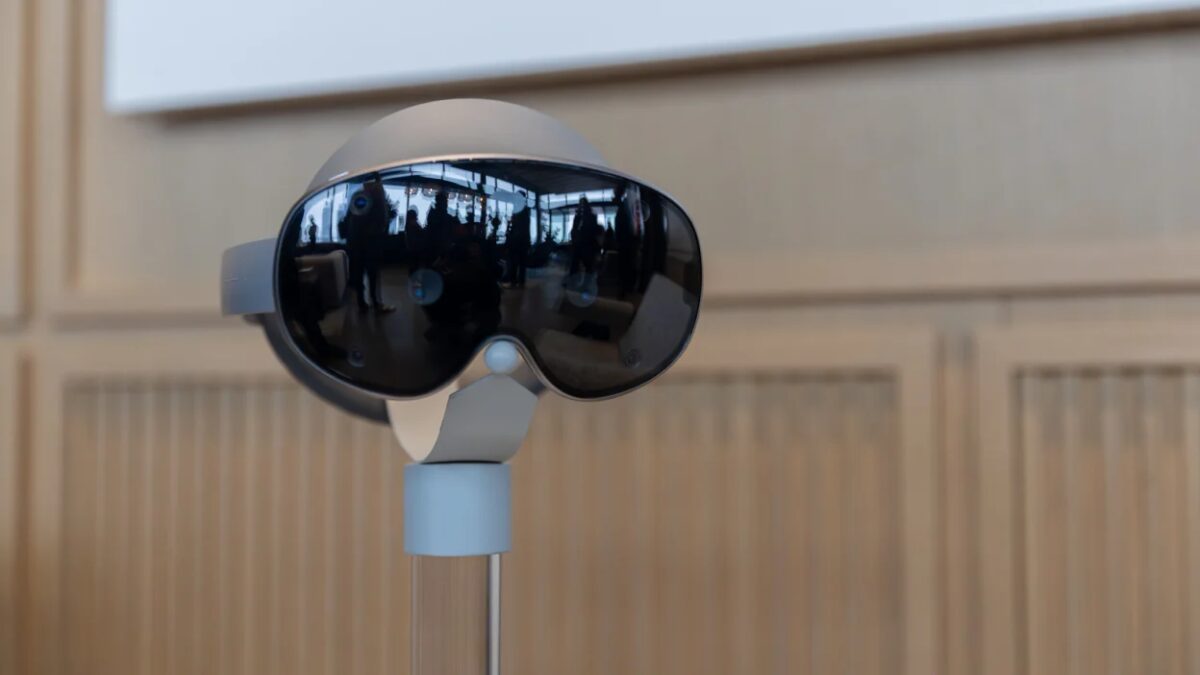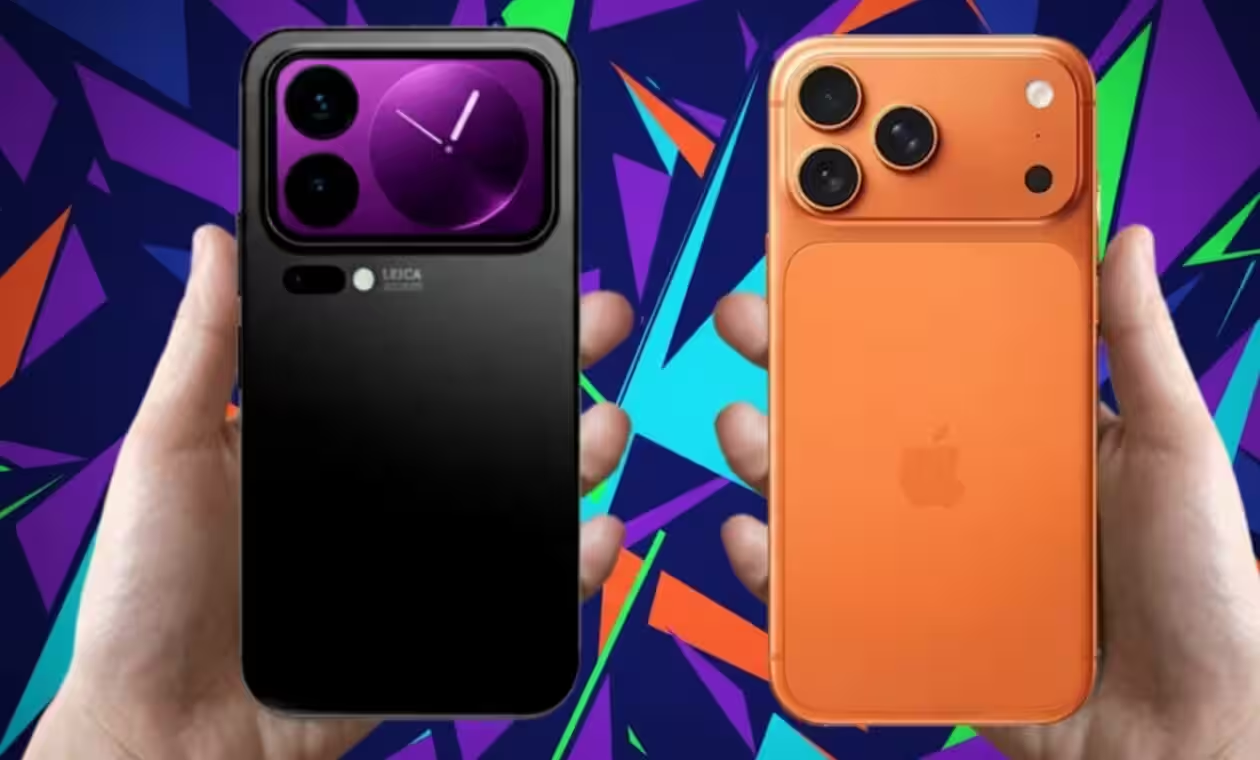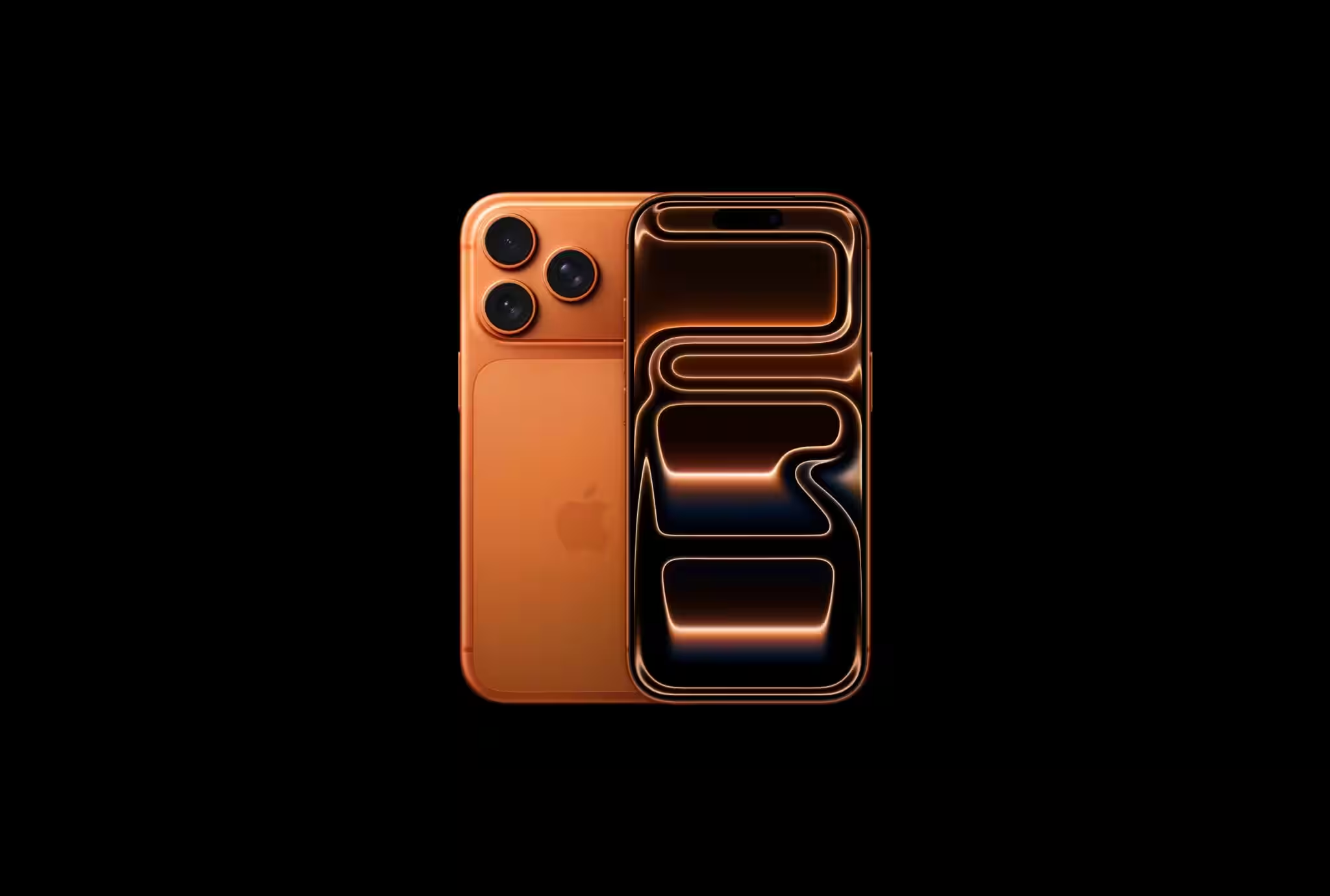Top 8 best OLED monitors in 2024. Part 2

The quality of your monitor is important not only because of its rich, vivid color reproduction, but also because the health of your eyes depends on it. That’s why we’re continuing our picks for the best OLED monitors in 2024. You can read the first part here.
Corsair Xeneon Flex 45WQHD240
Corsair — a fairly well-known name in the computer industry. In 2023, it expanded its product lineup with monitors, and its flagship offering is the Xeneon Flex 45WQHD240. It’s a one-of-a-kind OLED gaming monitor with a bendable display.
The Xeneon Flex 45WQHD240 is the only OLED gaming monitor of its kind.
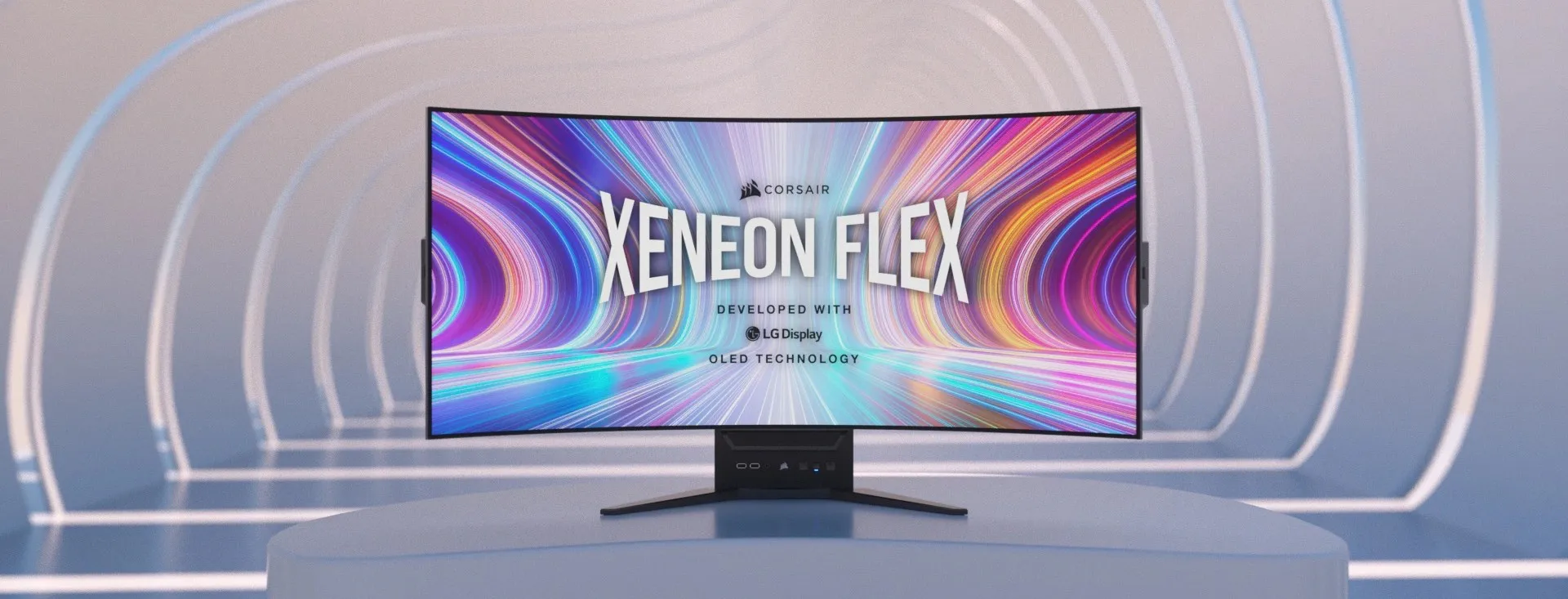
Basically, you can use it as a regular flat display or use two knobs on the side to turn it into a curved monitor with an 800R curve. The 45-inch display has a 21:9 aspect ratio and a 3440×1440 resolution, which isn’t the highest, so you can expect slightly lower pixel density than other OLED 4K monitors.
The monitor uses an LG OLED panel with a high 240Hz refresh rate and low input lag, though it tends to increase at lower refresh rates. The panel supports FreeSync VRR and G-SYNC compatibility, and it has HDMI 2.1. You get rich colors and deep blacks with almost no blurring effects around bright objects. There’s also a KVM switch and picture-in-picture and picture-by-picture modes, as well as a wide range of I/O ports.
Additional features include a KVM switch and picture-in-picture and picture-by-picture modes.
It’s expensive at around R250,000, so if you don’t like the bend, LG’s UltraGear OLED 45 —s a great alternative.
Samsung Odyssey OLED G9
.
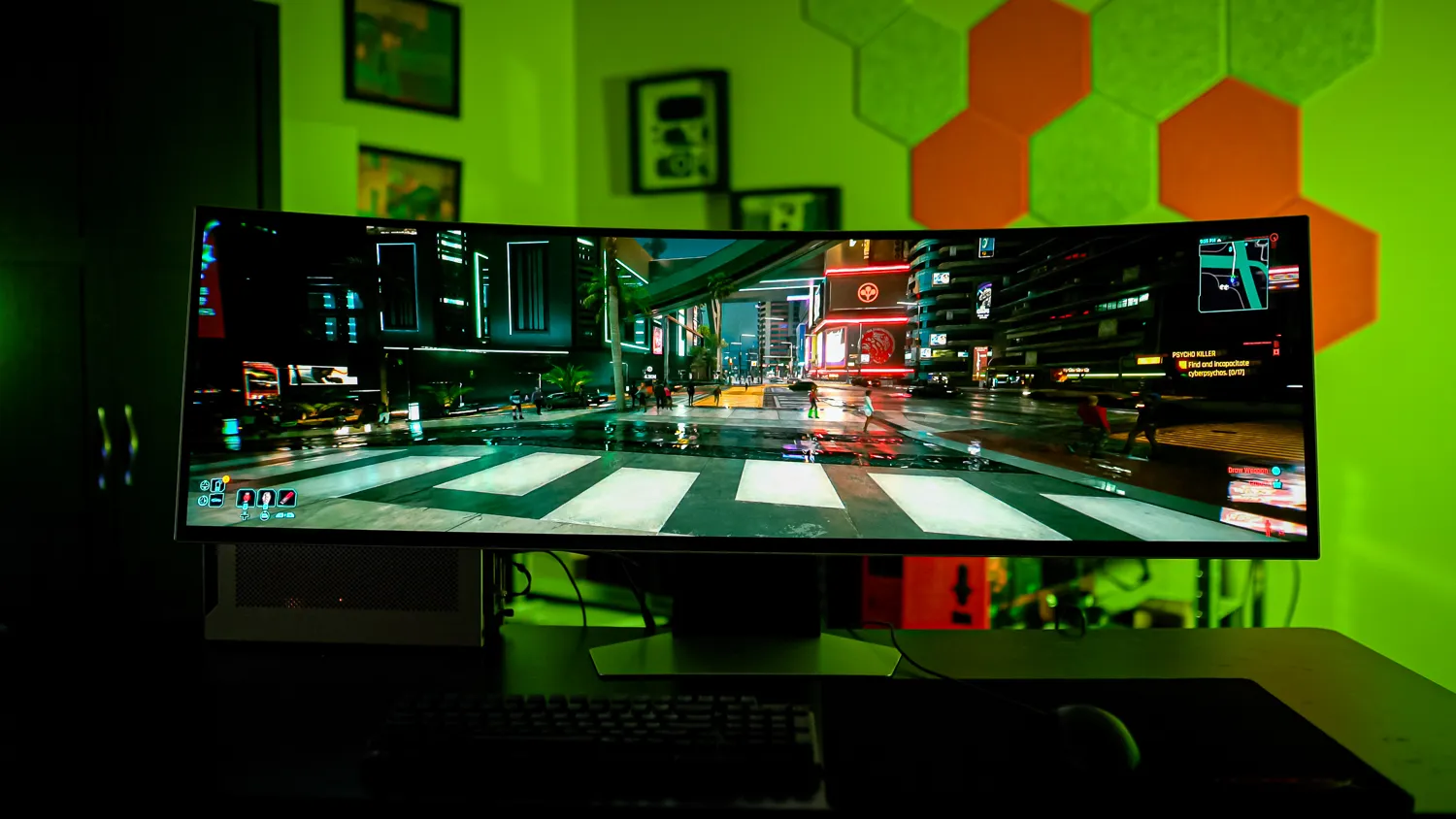
Samsung Odyssey OLED G9 is being hailed as a revolutionary gaming monitor that delivers unrivaled immersive gaming experience and a high 240Hz refresh rate. It’s expensive at around 150,000 rubles, and its huge 32:9 aspect ratio isn’t always compatible with content. But the monitor’s OLED display provides excellent image quality, making the game immersive.
The monitor’s OLED display is a great way to play.
With a large screen area equivalent to two 27-inch monitors, the Odyssey OLED G9 delivers unrivaled performance potential along with gaming capabilities. The Tizen operating system enhances its versatility by providing access to streaming apps and gaming services, making it a versatile addition to any system. However, the unique aspect ratio can create issues with some games and content formats, reducing the quality of play. Despite the drawbacks, the Odyssey OLED G9’s innovative design, impressive picture quality and wide range of features make it a great choice for demanding gamers.
LG C3 OLED
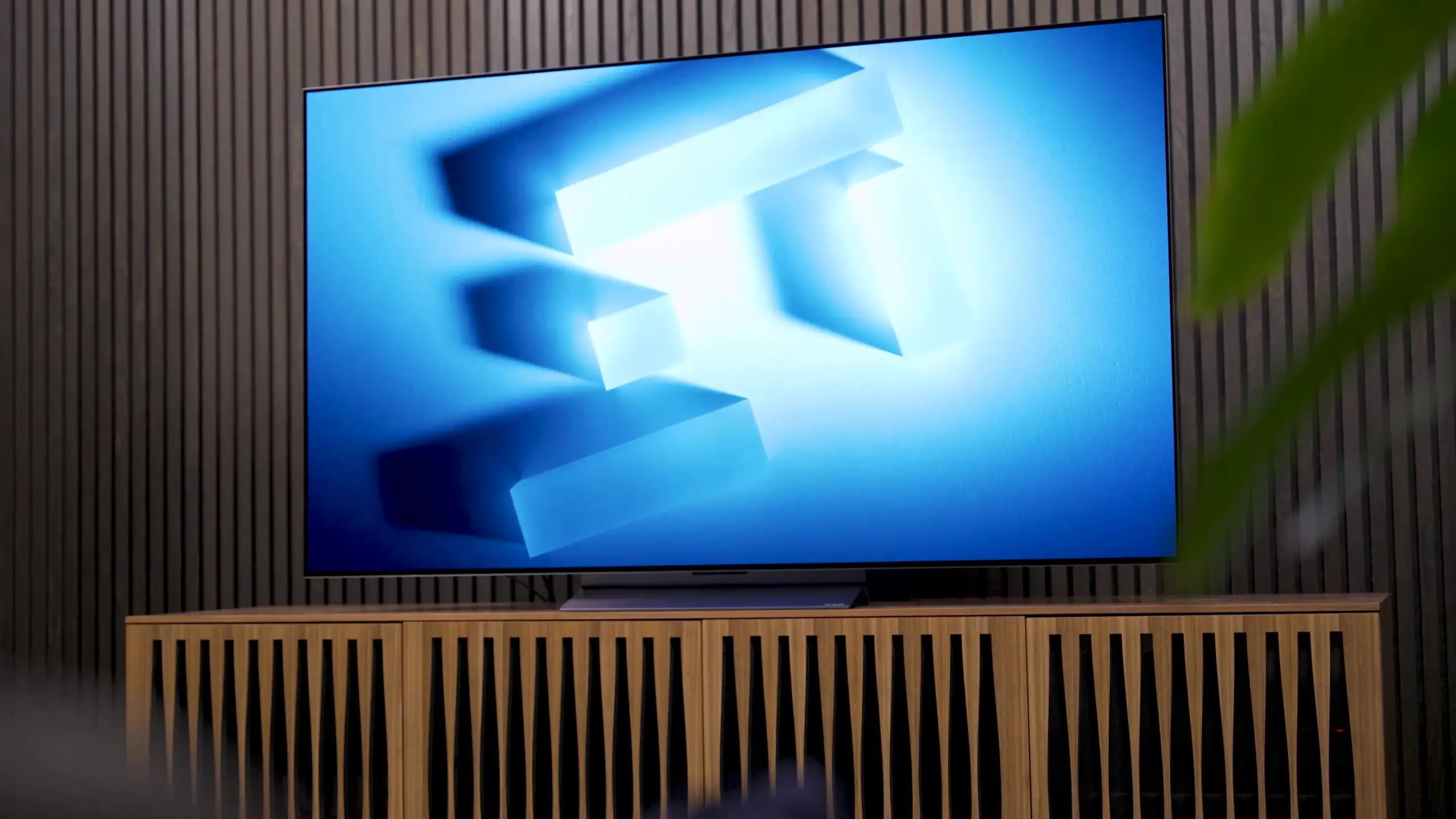
The new LG C3 OLED TV continues the legacy of its predecessor and is the best OLED smart TV choice. Available in sizes ranging from 42 inches to 83 inches, the new C3 is a good choice if you’re looking for a premium OLED TV, especially if you love console gaming. When you buy it, you will get high contrast, deep and rich blacks with minimal blurring around bright objects. The wide viewing angle eliminates any concerns about discoloration, and the screen displays a stable image overall.
It’s worth noting that the C3 deviates from the standard RGB subpixel arrangement, resulting in less crisp text if you’re using it as a monitor. And its SDR brightness drops when you turn on PC mode. On the other hand, it’s a great TV for playing the latest HDR games. It offers low input lag, making games incredibly responsive, and it supports popular resolutions like 1440p at 120Hz and 4K at 120Hz. Excellent reflection handling combined with satisfying HDR brightness makes for an enjoyable gaming experience.
Other notable features include — LG’s proprietary smart webOS interface, four HDMI 2.1 ports and the company’s latest processor, which delivers enhanced image processing with LG Brightness Booster Max and AI Tech.
Cost – 120,000 rubles.
Asus ZenScreen OLED MQ16AH
Portable monitors, though a niche category, are proving to be a good choice as secondary displays. The Asus ZenScreen OLED — is an excellent choice, as it features a 15.6-inch Full HD (1920×1080) panel with up to 400 nits of brightness and an impressive 100,000:1 contrast ratio (with HDR, contrast reaches 1,000,000:1). Asus claims a fast response time of 1ms (GtG) with a 60Hz panel, and the monitor itself is made of high-quality plastic.
The monitor is made of high-quality plastic.
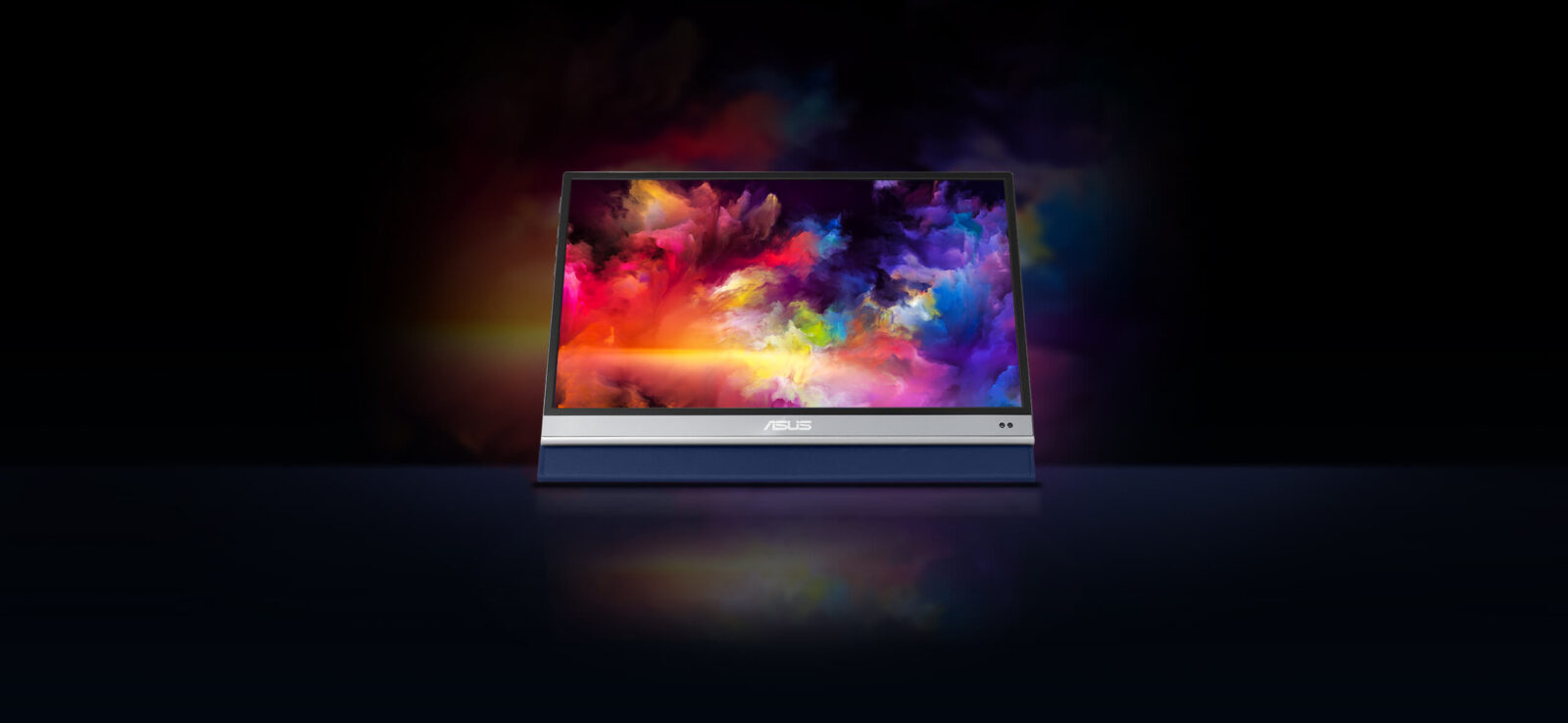
The portable monitor’s OLED panel is capable of delivering images with 100% DCI-P3 color gamut and Delta E < 2 color accuracy. The monitor also features a built-in proximity sensor, which helps save power and prevents display burn-in by switching the monitor to power-saving mode when it detects that the user has moved away from the screen.
There are no mounts or built-in stand, but it comes with an origami-style magnetic sleeve that can be used to mount the monitor horizontally or vertically. In terms of ports, the monitor has a headphone jack, two USB-C/DisplayPort ports, an additional USB-C power port, and one mini-HDMI port.
The monitor has a headphone jack, two USB-C/DisplayPort ports, an additional USB-C power port, and one mini-HDMI port.
Cost – 80,000 rubles.
Questions – answers
What is OLED technology?
OLED — is short for Organic Light-Emitting Diode, which is a type of display technology used in TV screens, monitors, smartphones and other devices. OLED screens are made up of individual organic compounds that emit light when an electric current is applied to them. Unlike traditional LCD screens that require backlighting, OLED screens emit their own light on a pixel-by-pixel basis. This results in deeper blacks, higher contrast ratios, and brighter colors because each pixel can be turned on or off independently of the others. OLED technology also often results in thinner and more flexible displays than traditional LCDs.
Are OLED displays expensive?”
.
OLED displays tend to be more expensive than traditional LCD displays. This is primarily because the manufacturing process is more complex and can be more expensive. The organic materials used in OLED displays can be sensitive to moisture and oxygen, which requires special manufacturing facilities, techniques and conditions.
What are the disadvantages of OLED monitors?”
.
O OLED monitors have a potential problem: burn-in. All OLED displays can suffer from burn-in, where static images slowly fade on the screen over time, becoming an indelible stain. OLED monitors are particularly prone to this problem due to desktop use, where several parts of the screen are often occupied by static images. Fortunately, most OLED monitors are equipped with burn-in prevention features such as pixel shifting, and some displays, such as the Alienware 34 QD-OLED, come with a multi-year warranty against this problem.
What’s the difference between OLED and LCD?
.
LCD (liquid crystal display) and OLED (organic light emitting diode) — are two different display technologies. LCDs use a backlight to illuminate the pixels and liquid crystals act as shutters to control the passage of light. OLEDs, by contrast, use organic compounds that emit light when an electric current is applied, making each pixel self-emitting.
LEDs, on the other hand, use organic compounds that emit light when an electric current is applied, making each pixel self-emitting.
There was a time when LCDs had faster response times than OLEDs, but that’s no longer the case. Over time, modern OLED panels have become very fast, offering refresh rates of up to 360Hz and response times as low as 0.03ms. LCDs also consume more power because of the constantly on backlight, while OLED panels are more energy efficient because each pixel shines individually, drawing power only where it is needed.
LCDs are also more energy efficient because each pixel shines individually, drawing power only where it is needed.
So the choice between LCD and OLED depends on specific usage conditions, preferences and budget.
What is the difference between OLED and mini-LED?
OLED and mini-LED — are different display technologies with unique characteristics. OLED displays achieve deep blacks and infinite contrast by individually controlling the light emission of the pixels, making them ideal for vivid colors and high contrast ratios. On the other hand, mini-LED displays utilize thousands of smaller LEDs for backlighting, providing increased brightness, HDR and localized dimming compared to traditional LEDs. Although OLED panels are thin and flexible, with excellent color accuracy, they are prone to burn-in. In contrast, mini-LED displays offer increased brightness and HDR capabilities, reducing the risk of burn-in, but can have issues with color consistency and color reproduction.
What is QD-OLED?
QD-OLED, or Quantum Dot OLED, — is a relatively new display technology that combines the advantages of OLED and quantum dots to improve color accuracy, brightness and efficiency. In QD-OLED displays, blue OLED diodes serve as the light source, and quantum dots convert that light into red and green, creating brighter and more accurate colors than traditional OLEDs. This technology delivers deeper blacks, better contrast and a wider color gamut, making it ideal for high-end TVs and monitors, especially for gaming and multimedia.


